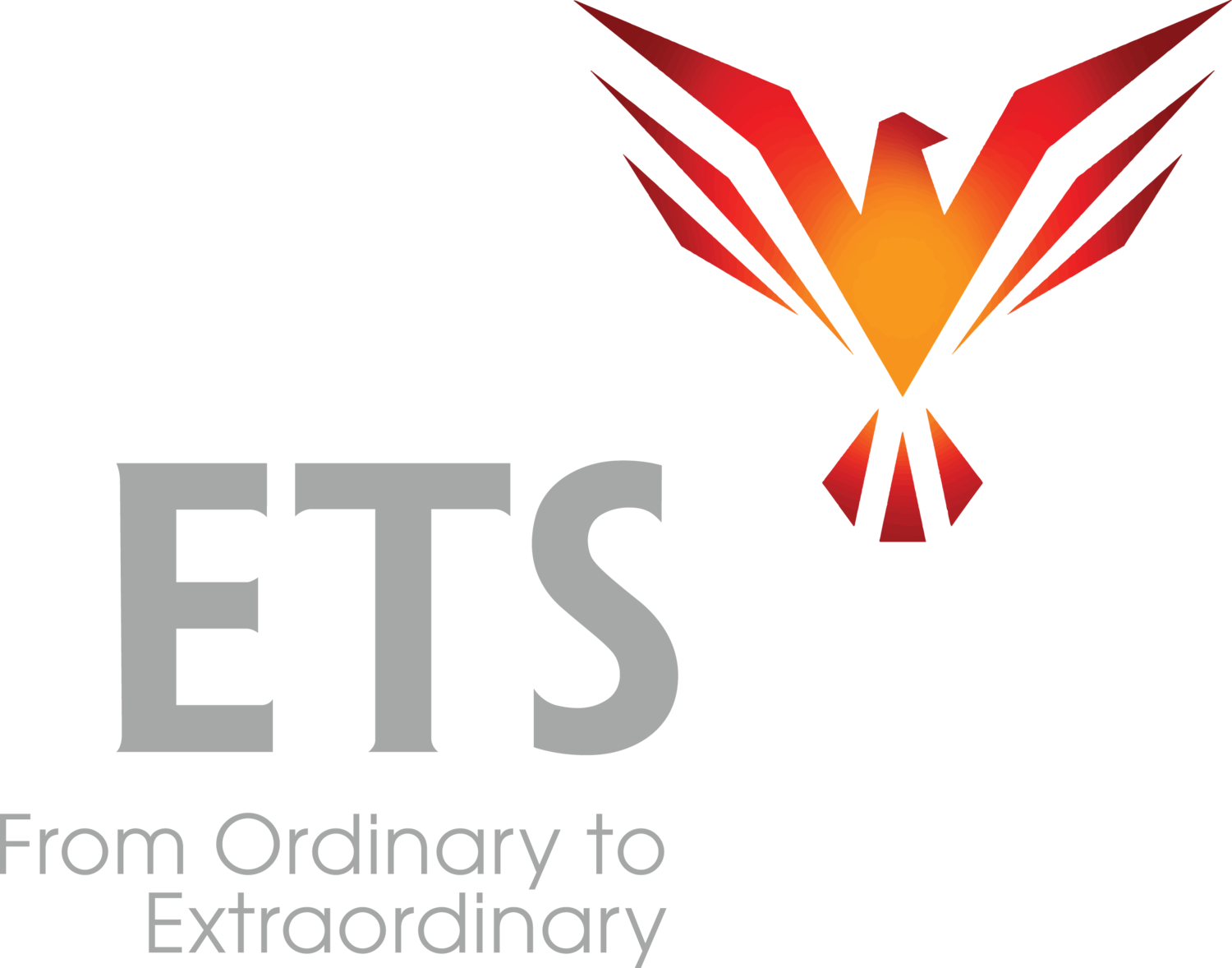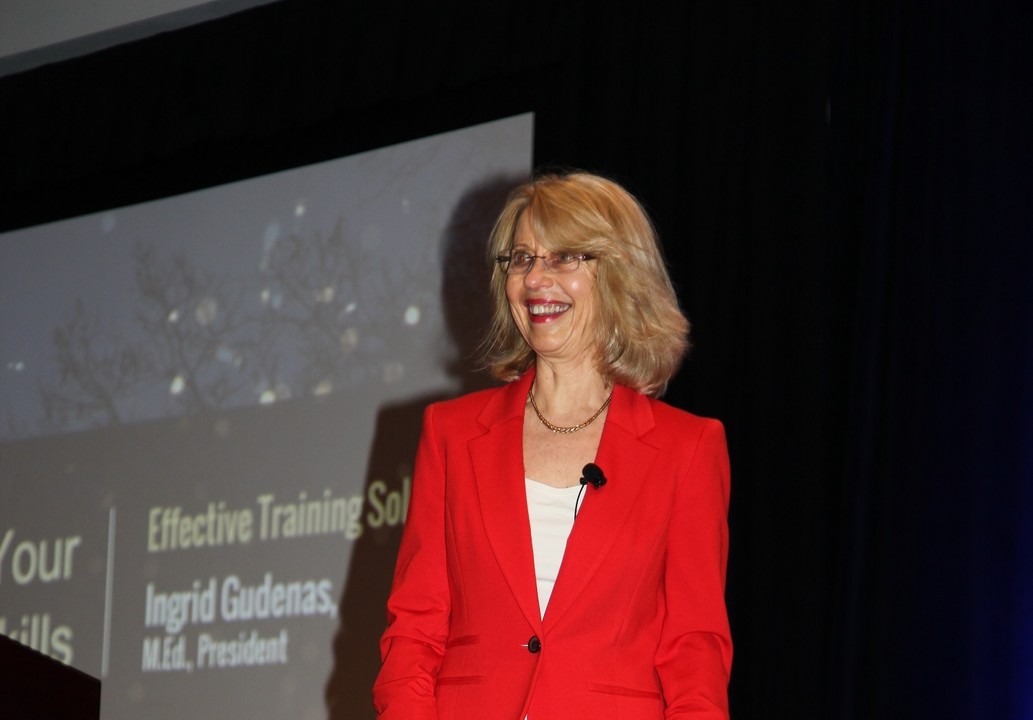What makes the winter holidays great for me is the abundance of love, creativity and freedom that flood into my life. The love of close friends and family, creative expression decorating and gift-giving, freedom to spontaneously do the fabulous, like drive down the California coast to Big Sur with my tight little family.
It’s a bit of a shock to come back from the holidays and enter “the real world”. It can easily feel I’m surrounded by less love, less opportunity for creativity, restricted freedom.
That’s where being causative comes in. To me being causative means being able to create as much creativity, love and freedom throughout my day-to-day year as I do on holidays.
It doesn’t happen on its own. It takes causative intention.
Being causative is a viewpoint, that’s where it starts. With a decision to be causative. That decision gives birth to ability.
From that decision you get intention, an invisible force that powers your communication.
Communication requires skill. How skillfully you communicate defines how well you manage the people and the world around you, and is your primary tool for changing minds and bringing new realities into existence.
Many of my clients don’t initially realize the power of this. They believe things are happening to them.
They don’t realize that their own intention and level of communication skill (or lack of one or the other) shape reality.
They haven’t yet experienced first-hand that these are skills (not personality traits which should always be left untouched) that can be developed into a super power.
At the end of the year I started a new project with a new client. The Project Manager they put in place is one of the most negative people I have ever met. Her immediate reaction was to try to stop the project. Her second was try to get out of the role. When she couldn’t, she started doing everything she could to sabotage it. She blamed me. In our meetings she was seething with unexpressed resentment.
I requested a phone call with her before the end of the year. She “no-showed” for two of our scheduled calls before I finally got her on the phone, and when I did, she was openly condescending, stubbornly resistant. It was clear where the conversation was headed. I had 60 minutes.
It was enough. She completely turned around and became a true teammate.
Going into it I knew I had to take full responsibility for both sides of the conversation and for how it turned out.
I knew I couldn’t leave it up to her, that I couldn’t complain, that I couldn’t get her off the team.
I was surrounded by barriers. The only freedom I had was to use all my communication skills.
It took every skill I had, but most important was my viewpoint and my certainty that I could cause an extremely positive outcome, that I’m never at the mercy of anyone, especially not anyone negative. Also my decision that my intention would not waver.
With that foundation, I used all my communication skills and created a very different outcome than where it was forcefully headed.
She is now eager to work with me, eager to see the project succeed, eager to help, eager to do whatever it takes. She knows it’s going to take a lot from her because it’s a large organizational project. She’s all in. Completely different than where we started.
Was it easy? No.
Did I enjoy it? Most definitely not at the beginning.
Did I want to do it? I would’ve gladly chosen not to if I’d had a choice.
Am I glad I did? Most definitely yes.
The next five months are going to look completely different as a result. Not just for me, not just for our team, but for the whole organization.
The positive effects of this project will last for years for the organization, for a lifetime for the individuals involved.
That was one of my last client calls before I started a wonderful week celebrating the winter holiday and it ended on a total high.
Now it’s the new year. Stepping away from the comfort and warmth of my family back into the harsh realities of the rest of the world is a bit like diving into ice water. I’m going to spend this week easing into it gradually, but by next week it will be full bore again.
Possibly you can relate, possibly you feel what I’m talking about in your own life as you make your entrance into this new year.
A solution is to be causative, to create the reality you want with a recipe of intention and outrageously great, super-power level, communication skills.
Then you will create all the love, creativity and freedom you desire throughout your day-to-day life for the next 12 months and have a grand year.
If you need any help doing that, I can help you develop all the skills you need in our Causative Communication Workshop. Three days of hard work. A lifetime of amazing results.
Wishing you a happy new year! May it make your heart sing and your spirit soar.
Be the cause!




















